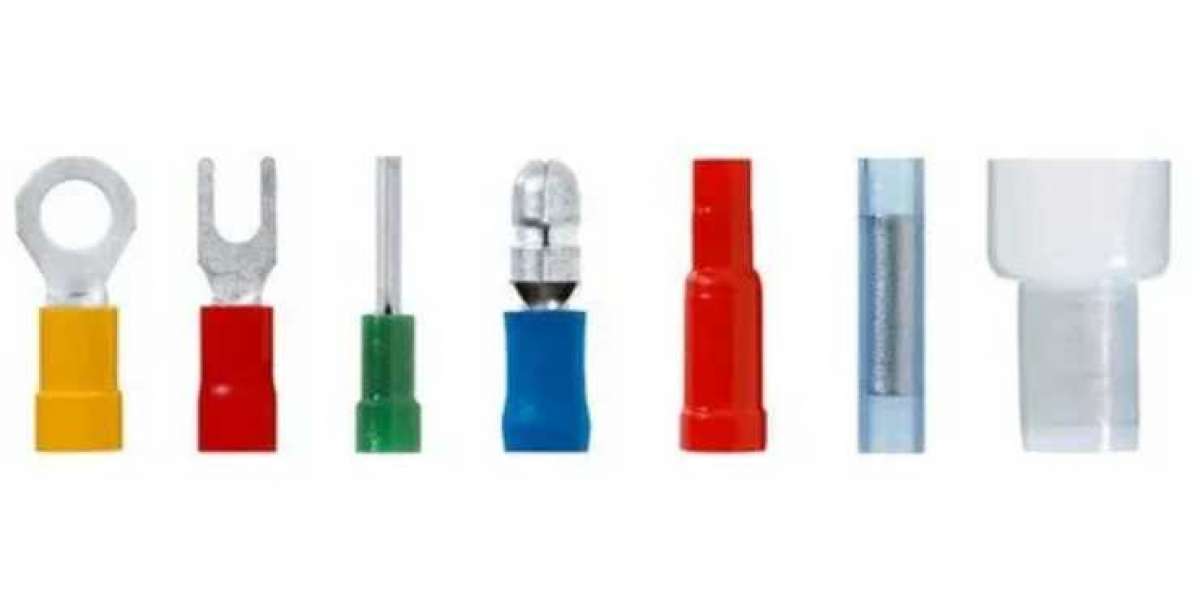Cable lugs, particularly those designed for earthing applications, play a critical role in electrical systems by ensuring secure and reliable connections. Understanding the nuances of these components is essential for maintaining the integrity of electrical installations and promoting safety. In this comprehensive guide, we'll delve into all you need to know about cable lugs, with a specific focus on earthing cable lugs.
What are Cable Lugs?
Cable lugs, also known as cable connectors or cable terminals, are devices used to terminate electrical cables and connect them to electrical appliances, devices, or other cables. These components are crucial for establishing a secure and conductive link, facilitating the flow of electrical current.
The Importance of Earthing Cable Lugs:
Earthing cable lugs serve a specific function in the context of electrical systems. Earthing, or grounding, is a safety measure designed to provide a path for fault currents to flow into the ground, reducing the risk of electric shock and minimizing equipment damage during faults. Earthing cable lugs are specifically designed for secure connections to the grounding or earthing system, ensuring effective dissipation of fault currents.
Key Characteristics of Earthing Cable Lugs:
- Material: Earthing cable lugs are typically made from materials with excellent conductivity, such as copper or aluminum. Copper is favored for its superior conductivity and corrosion resistance.
- Design: The design of earthing cable lugs ensures a strong mechanical and electrical connection. They often feature a barrel-shaped body with a conductor entry point and a crimping or compression mechanism to secure the cable.
- Surface Treatment: To enhance durability and resist environmental factors, earthing cable lugs may undergo surface treatments such as tin-plating. Tin-plating helps prevent corrosion and ensures a longer service life.
Types of Earthing Cable Lugs:
- Copper Earthing Lugs: Copper is a widely used material for earthing cable lugs due to its excellent conductivity and corrosion resistance. Copper earthing lugs are suitable for various applications, including industrial and residential settings.
- Aluminum Earthing Lugs: Aluminum earthing lugs are an alternative to copper, offering a lightweight and cost-effective solution. However, aluminum lugs may require additional surface treatment to address corrosion concerns.
- Bi-Metallic Earthing Lugs: Bi-metallic earthing lugs combine the properties of copper and aluminum. The body of the lug is made from aluminum, while the contact area is composed of copper. This design helps mitigate issues related to galvanic corrosion that can occur when connecting different metals.
Installation and Maintenance:
Proper installation is crucial for the effectiveness of earthing cable lugs. The cable should be correctly sized, and the lug should be crimped or compressed securely onto the cable. Regular inspections and maintenance are essential to ensure that the lug remains free from corrosion and maintains a reliable connection.
Compliance with Standards:
Earthing cable lugs should comply with relevant industry standards and regulations. Adhering to standards ensures that the lugs meet specific performance and safety criteria. It is advisable to consult the applicable standards in your region when selecting and installing earthing cable lugs.
Applications and Environments:
Earthing cable lugs find applications in a variety of environments, including:
- Industrial Settings: Used in factories, power plants, and other industrial facilities to ensure safety and compliance with electrical regulations.
- Residential Installations: Employed in residential electrical systems to provide a secure grounding connection for appliances and devices.
- Outdoor Applications: Designed to withstand environmental factors, some earthing cable lugs are suitable for outdoor installations where exposure to the elements is a consideration.
To sum up, in the intricate web of electrical systems, earthing cable lugs emerge as fundamental components that bridge the gap between cables and grounding systems. Understanding the nuances of these lugs, including their types, materials, and applications, is imperative for ensuring safety, reliability, and compliance with electrical standards. Whether in industrial complexes or residential settings, the correct selection, installation, and maintenance of earthing cable lugs contribute to the overall integrity of electrical installations, promoting a secure and efficient flow of electrical currents while minimizing the risks associated with faults and electrical malfunctions.




